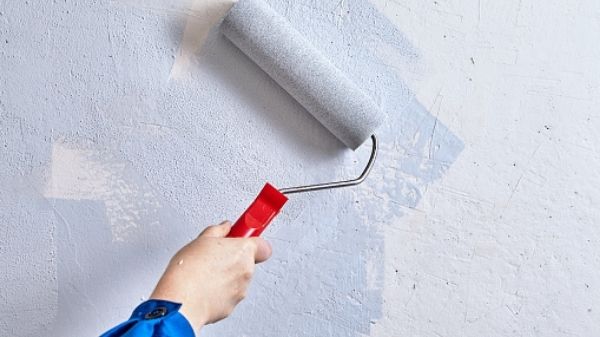The application of lime cement mortar to external, interior, or partition brick walls to achieve a highly refined, nice feel, and smooth surface is known as rendering. Rendering in Seaford comes with waterproofing and fireproofing properties, plus it gives your property a gorgeous and aesthetic look. Plastering is another name for it, and it is widely used in European countries.
Best Mix Ratio for Rendering
Cement, sand, lime, water, and some approved mixes are the main ingredients in renders. The most commonly used, standard, most appropriate, and strongly advised best mix ratio for rendering is 1 part cement to 1 part lime to 6 parts sand, which is represented as 1:1:6 (1 cement: 1 lime: 6 sand). This mix can be used for the first coat and finished top coat for wall surfaces. Any general-purpose cement can be used, and the sand must be fine enough to render the sand clean and impurity-free. Building sand should not be used for rendering since it can cause shrinking and cracking.
Rendering Mix Ratio for Internal and External Wall
Most renders are typically made of water, cement, sand, lime, and some approved additive ingredients. The basic rendering mix ratio for wall surfaces is 1 part cement to 1 part hydrated lime to 6 parts sand by volume, which is represented as 1:1:6 (1 cement: 1 lime: 6 sand). Any general-purpose cement can be used for this mix, and the sand should be good and free of impurities.
How Thick Should Render Be?
The thickness of render for external walls must be 10mm, 12mm, or 15mm for the first coat, and the finished second top coat must be 5mm, 6mm, or 8mm thick, never surpassing 20mm. For internal walls, 1 coat of 10mm, 12mm, or 15mm thick render is suggested.
Minimum and Maximum Thickness of Render
Depending on the kind of application of rendering in Blackburn, such as wall surfaces, plane or rough surfaces, the minimum thickness of render should be 10mm, 12mm to 15mm, and the maximum thickness of render should not exceed 20 mm, with 1 coat or 2 coats.
Hope, you came to know the best mix ratio for rendering internal and external walls. If you like the content of this blog, don’t forget to share it with your friends, and get back to us for more exciting content!




